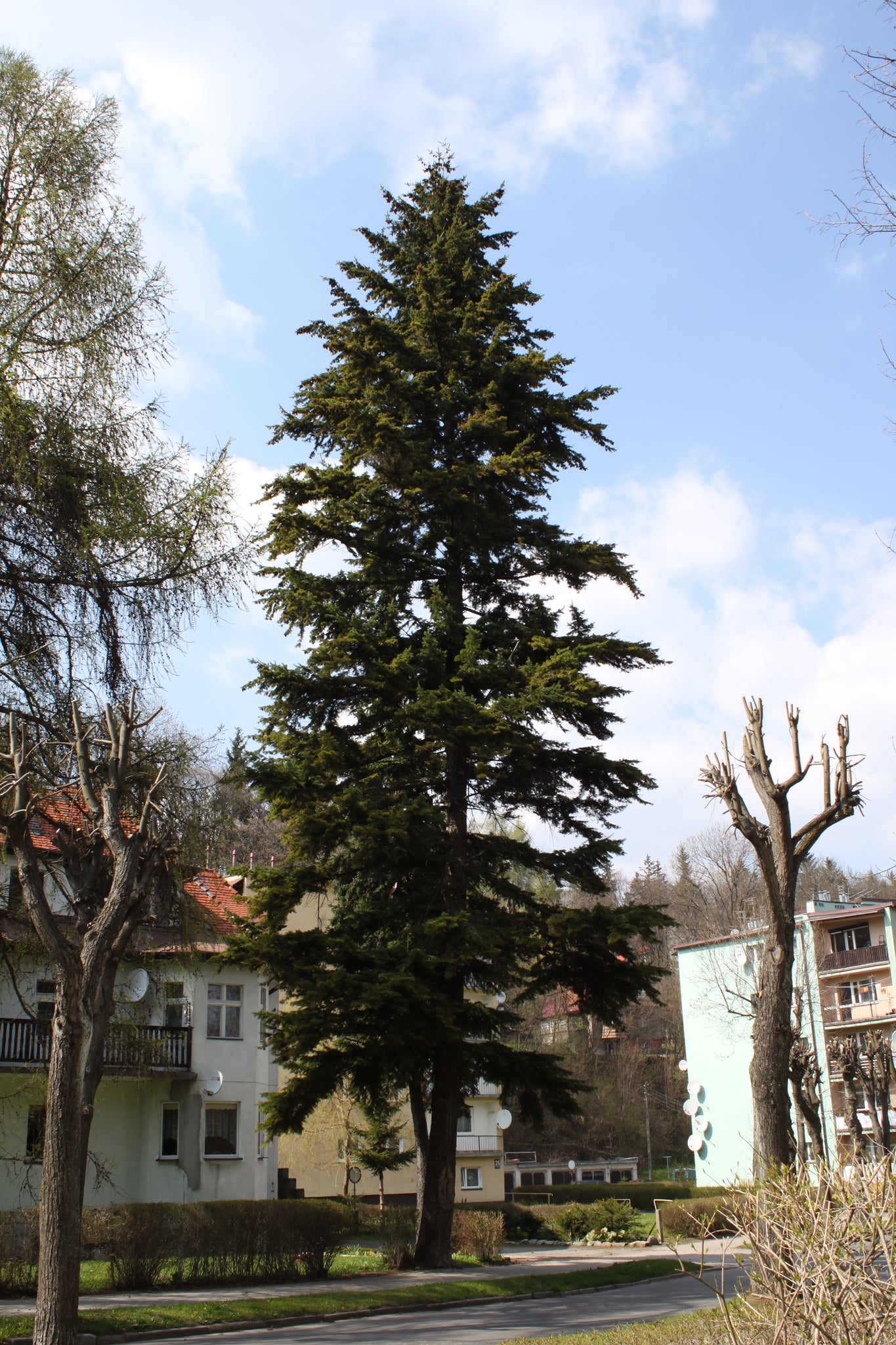
Nutrient loss is greatest when intensive site preparation or utilization is involved (Jurgensen and others 1990 Leaf 1979). Timber harvesting, site preparation, and slash disposal systems can reduce the nutrient capital of forested ecosystems (Clayton and Kennedy 1985). These microbes can be beneficial or deleterious to tree survival and growth (Harvey 1982).

Organic matter also provides a favorable microsite for many microbes in the rhizosphere. Soil, wood, litter, duff, and humus govern the quality of many forest sites in the Inland Northwest because they are an important source of moisture-holding capacity and nutrient storage, which are essential for seedling survival (Harvey and others 1976). Douglas-fir can be considered an especially sensitive species in this regard (Graham and others 1989). On sites where large amounts of top-soil and organic matter have been removed during the harvest/site preparation sequence, initial tree growth and survival is reduced and continues to be depressed throughout the rotation (Glass 1976 Pehl and Bailey 1978).

Planting success in the Intermountain West is hampered by low soil moisture and nutrient stress (Duryea and Lavender 1982). Seed that produces superior survival and early growth is a key factor in supplying quality Douglas-fir wood to meet an increased demand for future timber-based products. glauca Franco) usually depends on site manipulation and planting to achieve fully stocked stands. Regeneration of Douglas-fir ( Pseudotsuga menziesii var. Spray (spring-summer): glyphosate (100ml/10L) or metsulfuron-methyl 600g/kg (5g/10L) What can I do to stop it coming back?Ĭontinue to monitor and remove further infestations as seedlings appear.SOLO HOME > RESEARCH PUBLICATIONS SOIL ORGANIC MATTER EFFECTS ON DOUGLAS-FIR GROWTH IN NORTHERN IDAHO SOILS Immediately apply metsulfuron-methyl 600g/kg (1g/L) to each cut using a paintbrush or squeeze bottle.ħ. Frilling (all year round): with a sharp chisel or axe, make a deep cut into the sapwood at regular intervals around the base of the tree, taking care not to ring-bark the plant. Cut and squirt (all year round): make one cut every 150 mm around the trunk, and fill with 1g metsulfuron-methyl 600g/kg per cut.Ħ. Bore & fill (all year round): drill 1 hole every 150 mm around the trunk, and fill with 1g metsulfuron-methyl 600g/kg per hole.ĥ. Don't need to remove all green needles if using this method.Ĥ. Stump swab (all year round): cut down close to ground and paint stump with metsulfuron-methyl 600g/kg (1g/L) or picloram gel. Cut down (all year round): cut low enough to remove all green needles. Handpull small seedlings (all year round). Found in scrub and forest margin communities, shrublands, tussockland and light wells in forest. Lowland, montane and subalpine habitats, growing in sites with low-moderate fertility. Major wilding conifer species in southern areas. Can also threaten landscape character and recreation value. Invasion and suppression of grassland and regenerating shrubland, invasion of low-stature plant communities including herbfield and tussockland. Seldom spreads onto land where vegetation cover is dense.

Seed is spread by wind in autumn and winter, with seedlings establishing most readily on well lit sheltered sites where there is no competition from other vegetation. Can change landscapes completely, threatening fragile grassland and herbfield ecosystems. Produces up to 20,000 wind-spread seeds per tree every year, and seed can remain viable for years. Rapidly invades high country land, costing millions a year to control. Seed scales are large and broad, bract scales are longer and thinner than seed scales, and are 3-pointed, with the centre point longest. Male cones (12-20 mm long) are catkin-like, while papery cylinder-shaped female cones (5-10 cm long) are downward-pointing. Needle-like leaves (15-38 x 1-2 mm) are clustered in twos, whitish beneath, have edges that are often rolled, and are orange-scented when crushed. Shiny purplish-brown winter buds (to 1 cm long) are narrow and sharp. Ridged shoots are light to dark brown with short hairs. Branches sit horizontally, and are in irregular whorls, while branchlets usually droop.
:max_bytes(150000):strip_icc()/Dougfir_leafstalks-57a9f1c03df78cf4594526da.jpg)
Very large resinous evergreen tree with thick bark that is reddish-brown underneath, and rough and furrowed when mature. Pinaceae (pine) Where is it originally from?


 0 kommentar(er)
0 kommentar(er)
